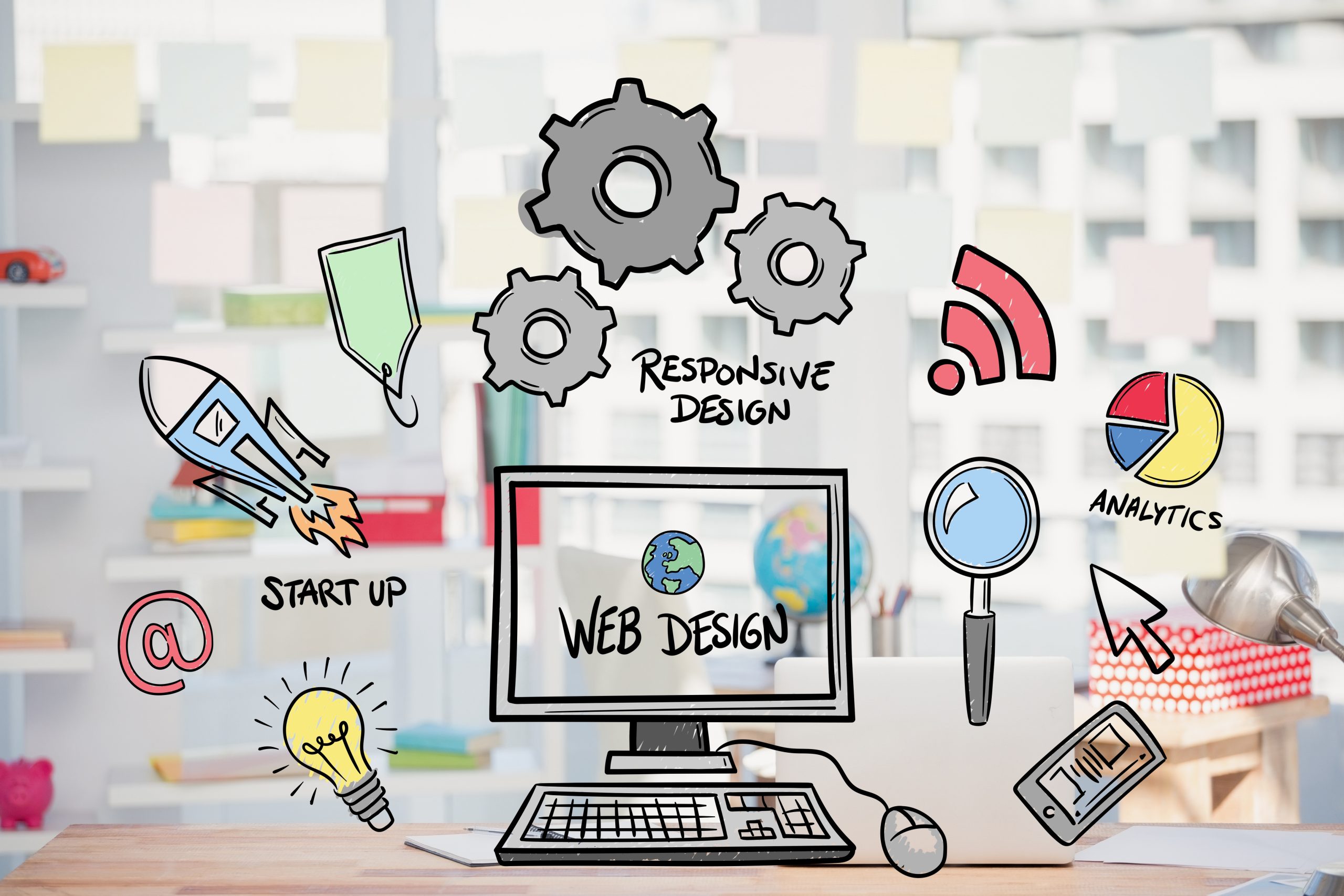Website Design Trends to Watch This Year
In today’s fast-evolving digital world, a website is more than just a digital brochure—it’s your brand’s virtual handshake. Whether you’re running a startup or a legacy business, keeping your website aligned with current design trends is key to engaging visitors, staying relevant, and converting clicks into customers.
As we move through the year, several website design trends are shaping how users experience and interact with online content. Let’s explore the top trends to watch in website design this year.
1. Dark Mode with a Purpose
Dark mode is more than a passing fad—it’s now a preferred option for many users. Not only does it reduce eye strain and save battery life on mobile devices, but it also gives websites a sleek, modern aesthetic. Brands are combining dark mode with vibrant accent colors to create strong visual contrast and highlight important elements.
Pro Tip: Use dark backgrounds with neon or pastel accents for CTAs and important messages to guide user focus.
2. Micro-Interactions for Better Engagement
Micro-interactions—small animations or visual responses triggered by user actions—enhance UX without overwhelming users. Hover effects, animated buttons, or subtle scroll-based animations offer feedback and bring a site to life.
Why it matters: These tiny details create a smoother user experience and make the website feel intuitive and responsive.
3. Minimalism with Depth
Minimalist design isn’t new, but in 2025, it’s being enhanced with depth—think shadows, layers, and gradients. Websites are embracing clean layouts while adding subtle elements that give dimension without clutter.
How to use it: Pair plenty of white space with layered images or translucent boxes to make your site feel both modern and organized.
4. Bold Typography Takes Center Stage
Typography is now a design element in itself. Large, bold fonts are dominating homepages and headers, making strong first impressions and conveying brand tone instantly. Custom fonts and animated text are also trending.
Best practice: Keep your text legible across all devices. Limit yourself to 2–3 fonts and use size hierarchy for better readability.
5. AI-Driven Personalization
AI is transforming how websites interact with users. From smart product recommendations to personalized content based on behavior or location, AI helps create a customized experience that increases engagement and conversions.
Popular applications: Chatbots, dynamic content based on user data, and personalized shopping carts or dashboards.
6. Scroll-Based Animation and Parallax Effects
Scroll-triggered animations guide users as they explore a site, making the browsing experience interactive and visually appealing. Parallax effects, where background images move slower than foreground elements, add a sense of depth and immersion.
Tip: Use these animations sparingly to avoid overwhelming users or slowing down load times.
7. Voice Search Optimization
With the rise of smart devices and voice assistants, designing for voice search is gaining importance. That includes using natural language, question-based queries, and conversational UI design.
SEO Insight: Focus on long-tail keywords and FAQs. This helps your website rank for voice queries and improves accessibility.
8. Sustainable Design and Eco-Focused Messaging
Consumers today care about sustainability, and website design is reflecting that. Green color schemes, carbon-neutral hosting, and minimalist code are becoming popular, especially for eco-conscious brands.
Bonus Tip: Include sustainability metrics or commitments in your “About Us” or homepage to connect with value-driven consumers.
9. Data Privacy and Trust-Building Elements
As data regulations tighten, users are more cautious than ever about sharing personal information. Websites need to build trust through transparent design.
Must-have features:
- Visible cookie policy
- Clear terms and privacy statements
- Secure forms with trust badges or HTTPS encryption
10. Mobile-First, Always
Mobile-first design is no longer a recommendation—it’s a necessity. Google’s mobile-first indexing means your mobile version must load fast, look clean, and function flawlessly.
Checklist:
- Tap-friendly buttons
- Optimized images for smaller screens
- Mobile-responsive typography and layout
Wrapping Up
Web design trends evolve quickly, and staying ahead of them helps keep your brand fresh, trustworthy, and user-friendly. Whether you’re redesigning your site or tweaking a few elements, these trends offer inspiration for creating a cutting-edge digital experience.
Keep in mind: trends should complement your brand identity—not overshadow it. The best website designs blend current trends with timeless usability to create lasting impressions and results.





